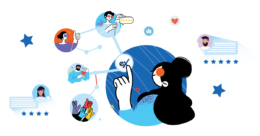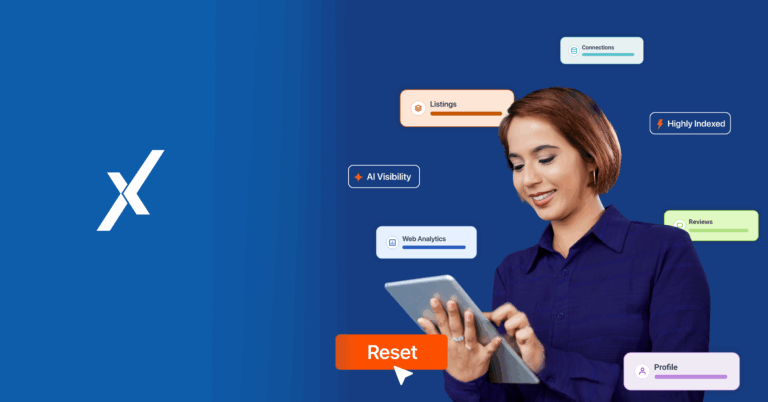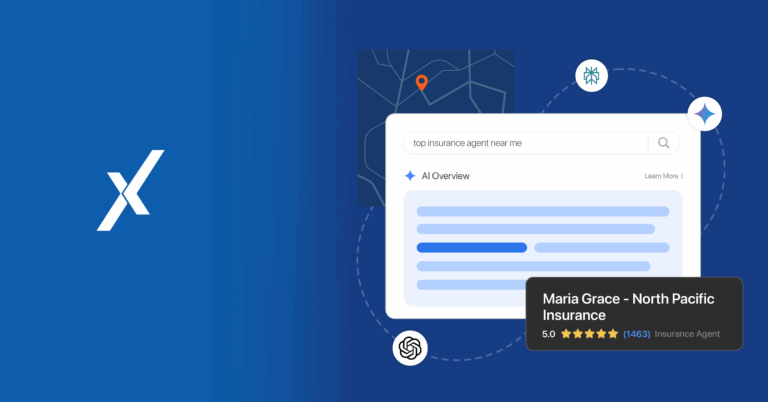Employee experience management is a crucial component of an effective CX strategy. To improve it — and create failsafe customer experiences — you need to keep employees engaged by leveraging the four primary drivers of employee behavior.
In Experience.com’s recently published white paper, “The Future of CX: The 5 Key Steps to Take Your Customer Experience Strategy to the Next Level,” we explore the critical connection between employee experiences and exceptional customer experiences. You can read an excerpt of the white paper now, or download the full white paper to learn more about the four primary behavioral drivers of employee behavior and how they impact your CX strategy.
An excerpt from Chapter Two of “The Future of CX: Five Key Steps to Take Your Customer Experience Strategy to the Next Level.”
An exceptional customer experience strategy is centered on creating a best in class customer journey that turns prospects into repeat customers. Successful customer journeys are built upon multiple touchpoints that happen across various marketing channels, all of which can be optimized for maximum impact. But there’s one component of CX integrated throughout the customer journey that brands continue to overlook: The employee experience.
Your employees are often the frontline when it comes to customer experiences. Not only does your organization’s employee experience influence your CX strategy and business outcomes, it is crucial to your overall success.
So how can you make sure you maintain positive employee experiences that drive exceptional customer experiences? It starts with understanding how to keep your employees engaged.
Engaged employees create happy customer experiences
In his book “Create WOW Customer Experiences,” Experience.com’s CEO Scott Harris emphasizes how engagement is everything, especially in terms of the employee experience.
“When you ask your employees to improve NPS scores, they won’t be engaged in that outcome,” writes Scott, “They will likely tell you that they are already doing a great job and the NPS scores are not about them.”
Instead of simply asking employees to work on improving an NPS score, you have to create systems that enable the employee to play a larger role in customer satisfaction. By implementing an automated system to capture qualitative data at the employee level — that directly impacts pay or employment status — you are able to architect a process that creates engaged employees who actively work to deliver first rate customer experiences and happy customers.
Both customer and employee surveys are effective tools for monitoring and scoring employee behaviors — giving brands the ability to “gamify” the employee experience.
Employee experience gamification: Playing the behavioral deck of cards
A mature CX strategy that integrates employee experiences is centered on four primary behavioral drivers of employees that can be integrated into the customer experience to “gamify” customer satisfaction.
When focusing on the employee experience for autonomous route-to-market employees and hourly employees, you can deploy employee experience campaigns based on the four different behavioral drivers. Each campaign is aligned to one of the four behavioral drivers, with multiple campaigns able to run simultaneously.
Want to find out more about the four behavioral drivers of employees and how you can leverage them to positively impact your CX strategy? Download our Future of CX white paper now.
Brands can shuffle between the four employee experience campaigns — or the behavioral deck of cards — depending on the situation. Ultimately, the goal for each campaign is to elevate employee engagement within your overall CX strategy. By putting your employees in a position where they can control outcomes, you empower them to create exceptional customer experiences.
Focus on “getting better” to deliver truly exceptional CX
Many business models focus on three key objectives: getting found, getting chosen and getting better — in that order. At Experience.com, we believe brands should put the “getting better” objective at the forefront of their business plan as it is the bedrock of a great CX strategy.
“A company should not have to react to the data or read a report to get better. Most of what they will find in those reports are things they already know,” writes Experience.com CEO Scott Harris in his book, “If the lines at the rental car counter are long, you certainly already know you need more staff for peak times.”
Delivering exceptional customer experiences doesn’t come from simply reading a dashboard or gathering insights from various attribution reports. Top notch CX happens when a company makes “getting better” a priority, committing to systems that keep employees engaged and customer satisfaction high.
This blog post is an excerpt from Experience.com’s recently published white paper: “The Future of CX: The 5 Key Steps to Take Your Customer Experience Strategy to the Next Level” — a phenomenal resource for marketing leaders and customer experience teams covering every aspect of exceptional CX, from identifying your organization’s most important touchpoints to the automation tactics that can help move the needle.











